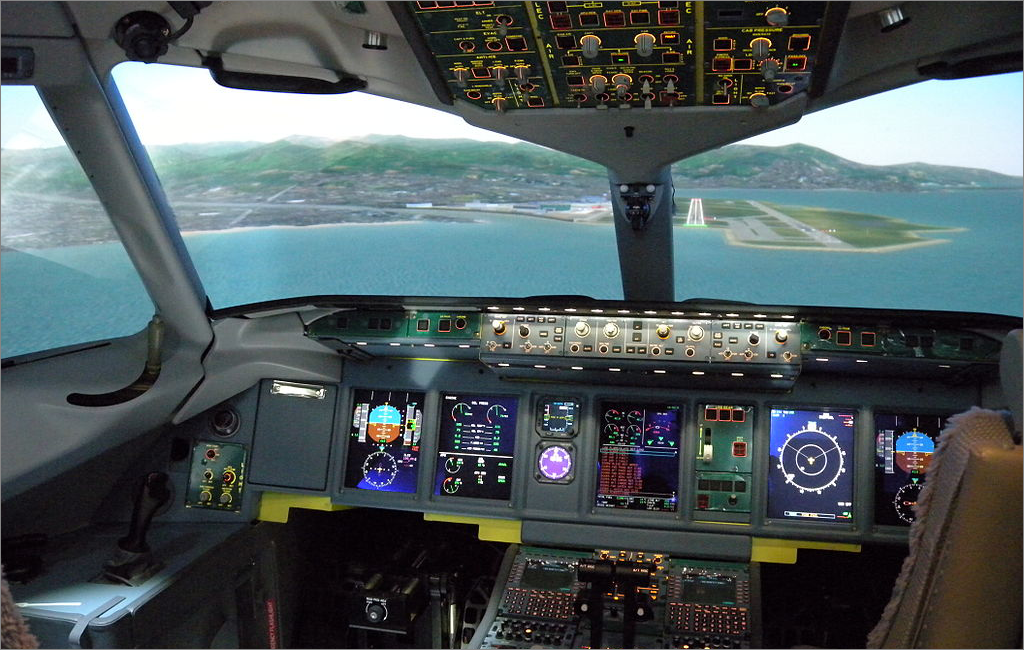
The actual world—that is, the world outside the screen—is tremendously complicated. Consider an airplane soaring through the sky. Gravity, air density, wind shear, clouds, and precipitation are all environmental elements that impact the aircraft. The plane itself: its shape, weight, wingspan, and materials. Many elements influence how the plane responds to its environment and how the environment responds to the plane. A flight simulator simulates the experience of flying an airplane. Modern flight simulators replicate the terrain and sky outside the plane using computer programs and 3D computer graphics.

Flight simulators can be quite detailed, but at the end of the day, they are still just simulations. A simulation is a simplified representation of an infinitely complicated natural phenomenon. It eliminates elements that are either unnecessary or too complex to mimic. The level of abstraction in a simulation is determined by the reason for its creation in the first place. When the purpose of a simulation is to enable a pilot train to fly jumbo jets all over the world, the simulation must portray the flying experience in the most realistic way possible. This Boeing 737 flight simulator features a cockpit replica:
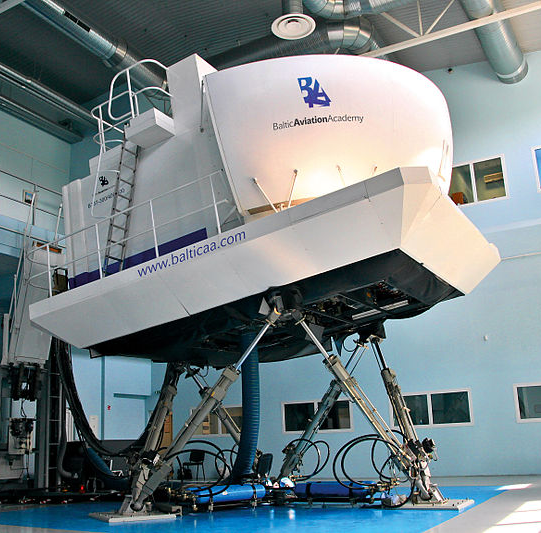
The cockpit is mounted on a platform that can move and rotate in all directions. The simulation of the plane’s movement is an important detail for pilots-in-training, since it helps them deal with disorientation, motion sickness, and the effect of the motion on their ability to adjust the controls.
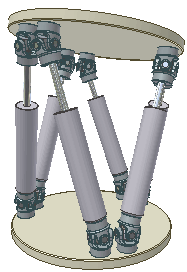
A simulation can also help with the development of a new jumbo jet. In that situation, the simulation must capture enough physical data to assist engineers in identifying design faults. Researchers created this simulation of the air flow field surrounding a Boeing 777’s landing gear:
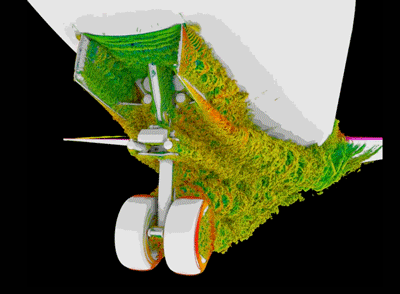
That flow field contributes significantly to the loudness of an airplane landing. Aircraft designers may use the same simulation with fresh designs to evaluate if their design reduces or increases noise—and ideally choose a design that reduces noise! Simulations can provide hours of amusement. There are many of flight simulation video games available, with many of them centered on warfare or a specific historical air conflict. Although video games are not as precise as simulations used in pilot training, they frequently integrate game aspects that transform the simulation into a more game-like experience.
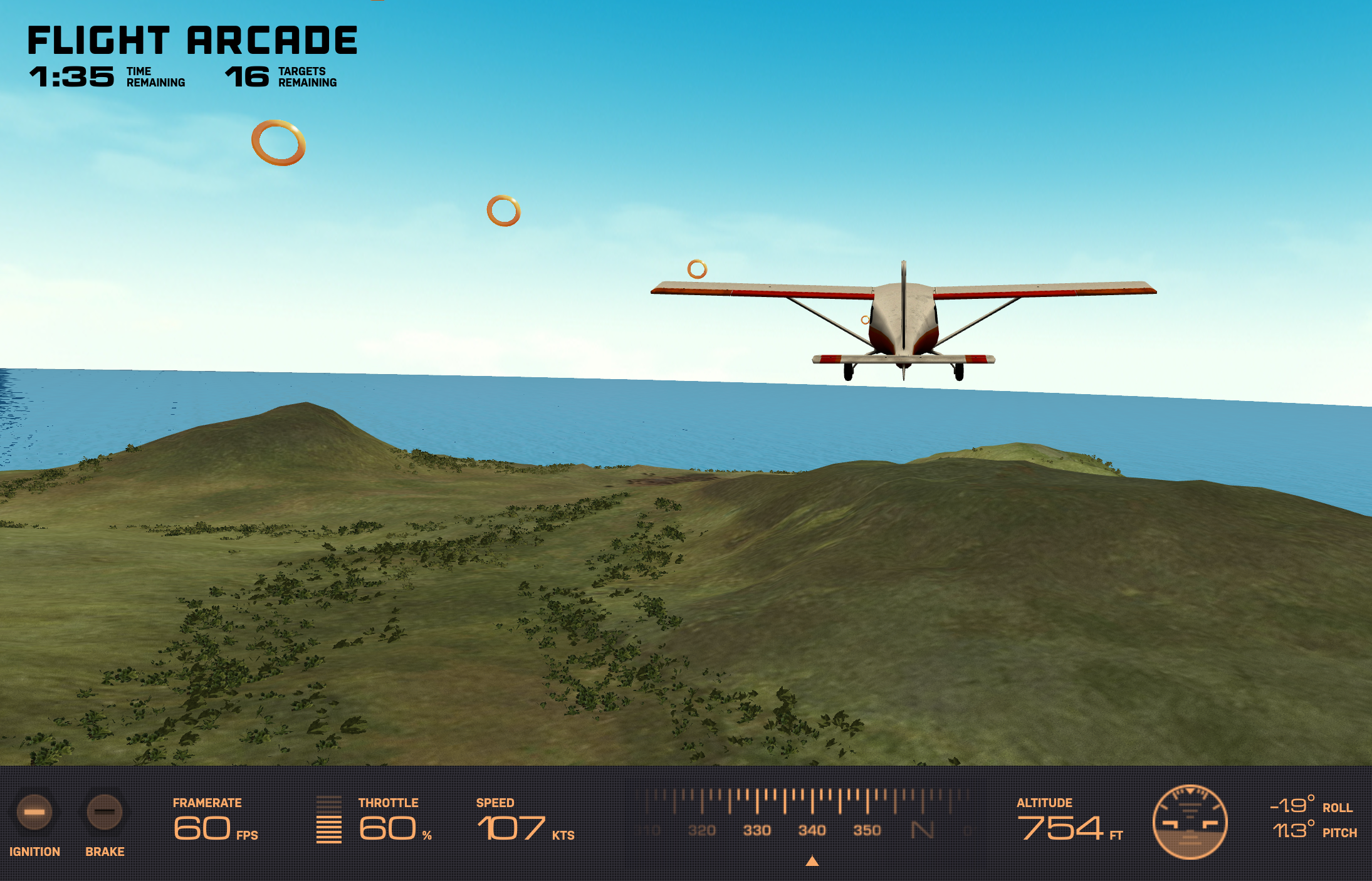
Flight simulations can now include highly realistic scenery thanks to the abundance of satellite imagery that is now available. The realism enhances both the educational experience of a pilot in training and the entertainment value of a gamer.
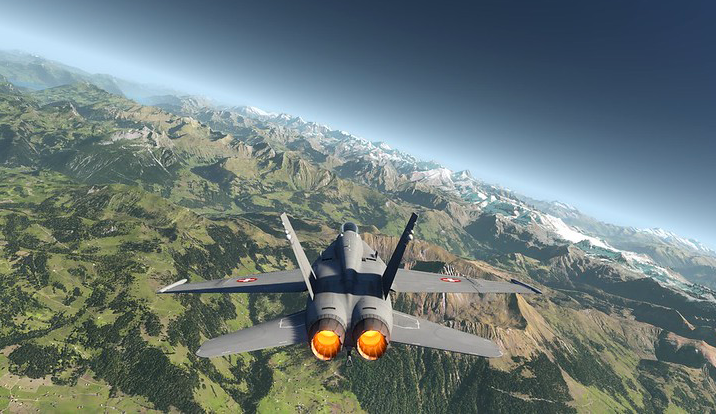
A simulation can mimic an element of our physical environment, but it also allows us to examine a phenomena without the limits of reality. A pilot can crash without dying, a new plane may be tested before it is manufactured, and a college student can experience what it was like to fly a plane during World War I. Let’s look at some additional simulations and see how they might help us grow in subjects like astronomy, physics, meteorology, and medicine.